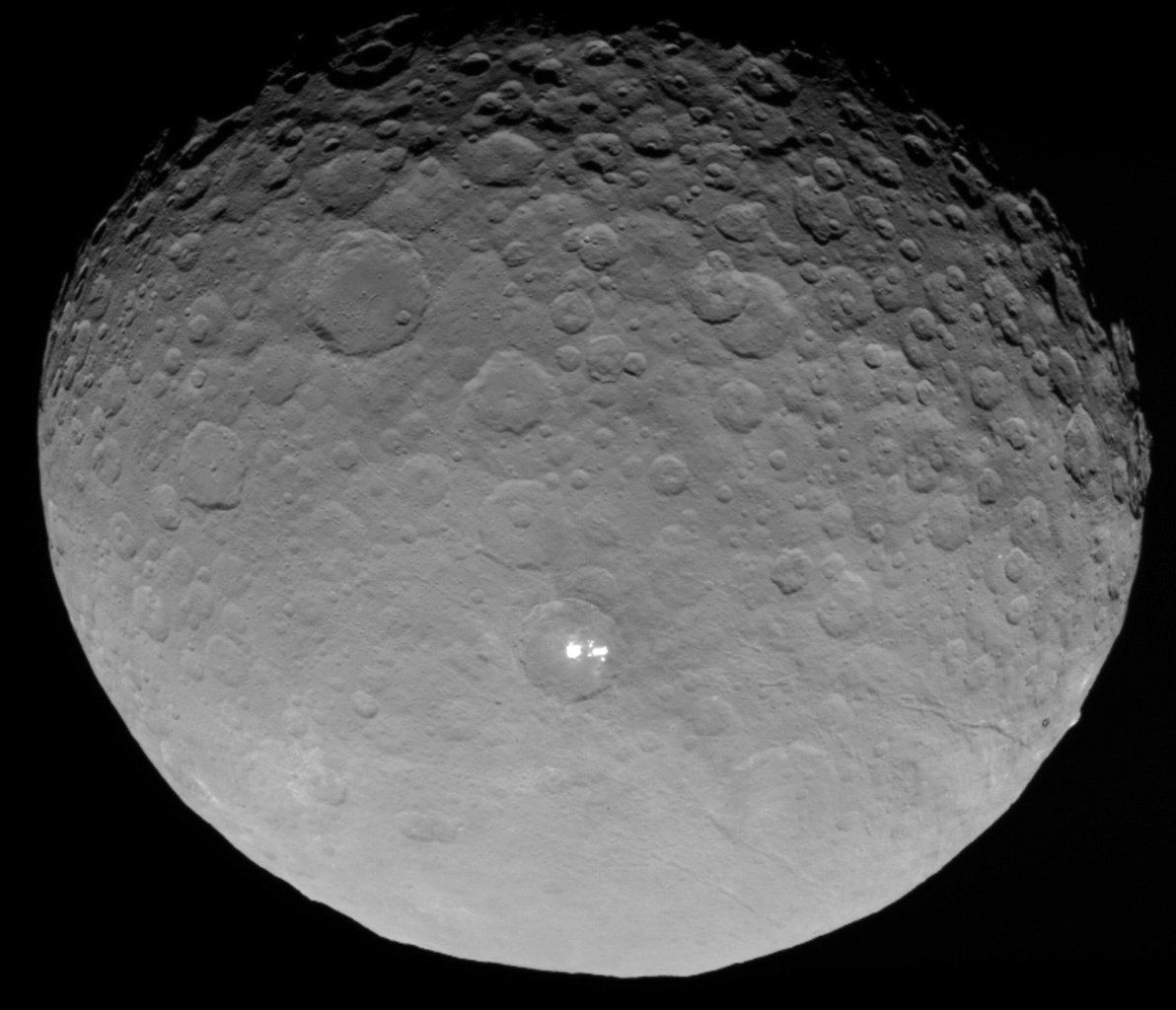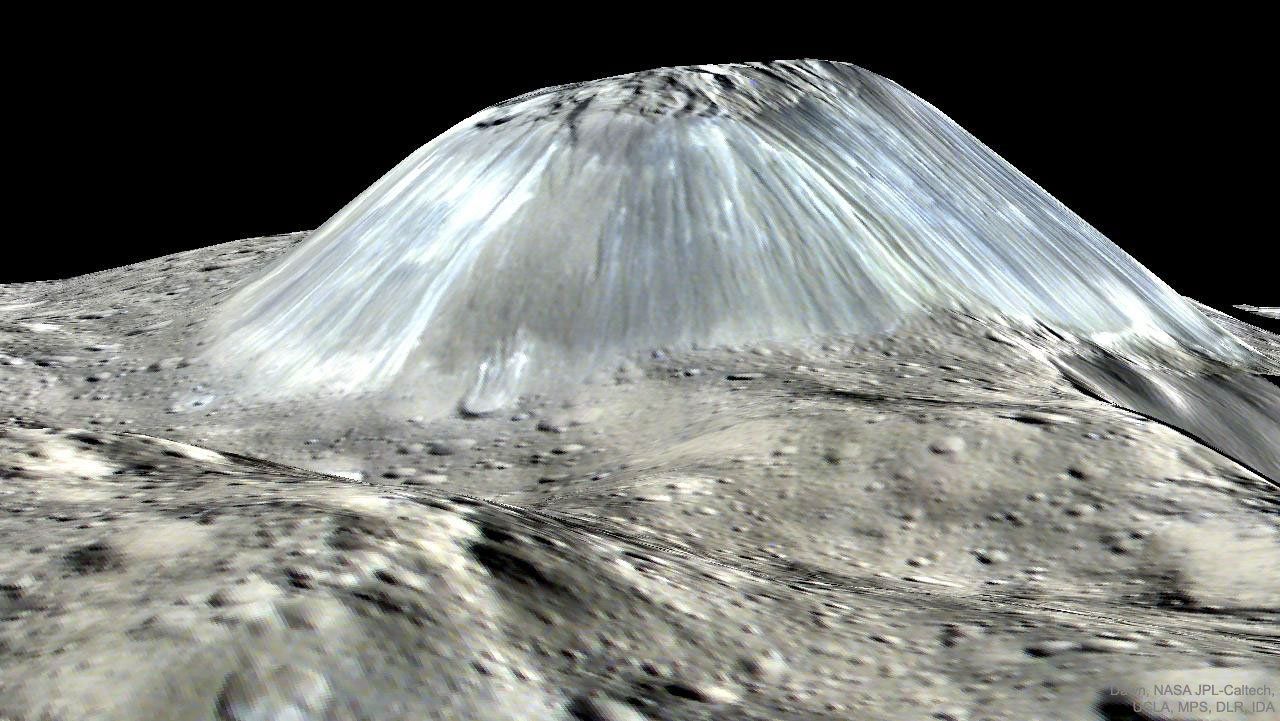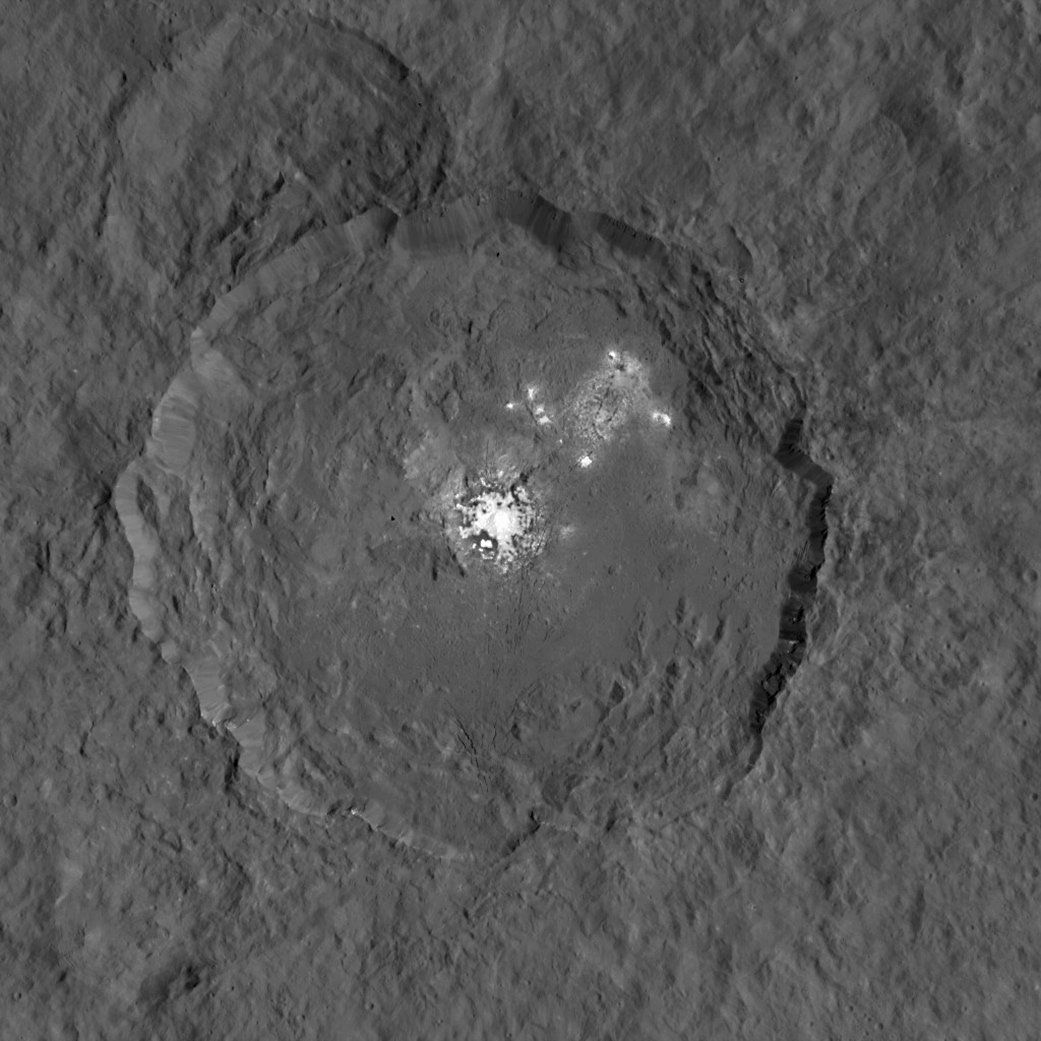This web page is created within BALTICS project funded from the European Union’s Horizon2020 Research and Innovation Programme under grant agreement No.692257.
Ceres
Ceres is the largest object in the asteroid belt between Jupiter and Mars, and the only dwarf planet in the inner area of the solar system. Ceres accounts for ⅓ part of the total mass of the asteroid belt.
In the late 1700s, there was a belief that there should be another planet between Jupiter and Mars. In 1800, an invitation was sent to 24 astronomers to search for this planet. One of these chosen astronomers was the Catholic priest Giuseppe Piazzi, who discovered Ceres on January 1, 1801, before receiving an official invitation.
Piazzi’s first thought was that he had discovered a comet. After making a total of 24 observations, the astronomer sent the data to astronomer Johan Bode with reference to the comet, adding that given the very slow and homogeneous movement, the object could be something more interesting.
Preliminary observations did not allow the exact size of Ceres to be determined. Herschel’s calculations showed an object of about 260 km, while another astronomer estimated the diameter of the dwarf planet to be 2,600 km. Today, Ceres is about 950 km in diameter.
Johann Bode believed that Ceres was the planet that was searched for. It retained its planetary status for about half a century. In 1802, the next object in the asteroid belt, Pallas, was discovered, and William Herschel introduced a new term, asteroids, or star-like objects. Like Pluto, Ceres maintained its planetary status until new and new objects of similar size were discovered near its orbit. Since the 19th century until mid-2006, Ceres was the largest known asteroid in the asteroid belt. By adopting the new definition of planets, Ceres also gained the status of a dwarf planet (it needs to be noted that Ceres has retained the status of an asteroid).
Ceres is named in honor of the ancient Roman goddess of agriculture and fertility. Ceres’ orbit is located in the asteroid belt between Mars and Jupiter, an average of 2.8 astronomical units, or 413 million kilometers from the Sun. It orbits the Sun in 4.6 Earth years. Its orbit is located at a tilt of about 10o relative to ecliptic plane.
One day on Ceres lasts 9 Earth hours. Because the axis of rotation of the dwarf planet is almost vertical to the plane of orbit, its polar regions have craters in constant shadow. Water may accumulate there.
Broadly speaking, Ceres resembles a carbon asteroid with some significant differences, the most interesting of which is the presence of water-rich minerals on the dwarf planet, pointing to the water ice hidden in Ceres’ depths. As the temperature on the surface of Ceres is quite high (-38○C), the ice evaporates, which also explains the dark surface of the dwarf planet.
Until 2015, when the automatic spacecraft
Dawn reached Ceres, observations were made with telescopes. Darker and lighter areas were visible in the pictures.
Dawn’s
images show the surface of Ceres sown in the craters. Interestingly, there are no craters larger than 280 km in diameter on the dwarf planet. This may be due to active ice volcanoes or a low-density material beneath the surface that has leveled Ceres’ surface over time.
Many craters show central recesses and peaks that may have formed as a result of cryovolcanic processes. Dawn images show light spots in several craters. These are considered to be precipitates of salts.
No less interesting is the surface formation of Ahuna Mons – the highest mountain on Ceres. It rises about 4 km above a flat surface. There are light streaks on the slopes, which could also be salt precipitates. Ahuna Mons may have been an active ice volcano. The number of craters shows that the mountain was formed relatively recently, in the last few hundred million years.
Ceres’ internal structure resembles an Earth-type planet. At its center is a layered layer of hard rock surrounded by a layer of water ice at least 100 km thick. Scientists do not rule out the possibility that the ice, which is now frozen, once formed a comprehensive ocean. Perhaps the thin layer of this ocean near the dwarf planet's core is still in a liquid state.
Ceres is believed to be a planetary primordium that has survived successfully since the beginning of the solar system. There are also alternative theories of origin, such as the fact that Ceres formed in the Kuiper belt (a collection of objects of various sizes beyond the orbit of Neptune) and then migrated toward the Sun. This could be evidenced by the ammonia salts discovered in the Occator crater.





















